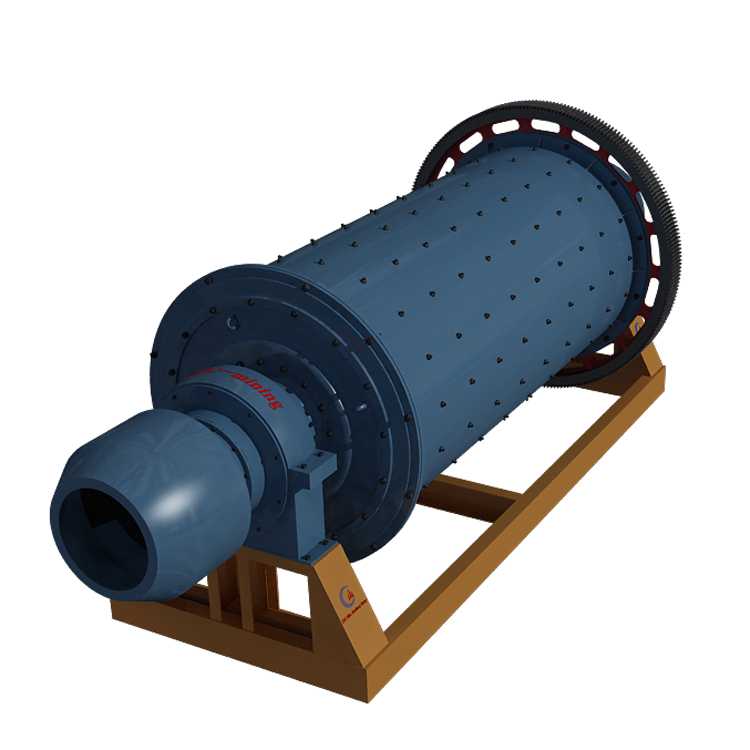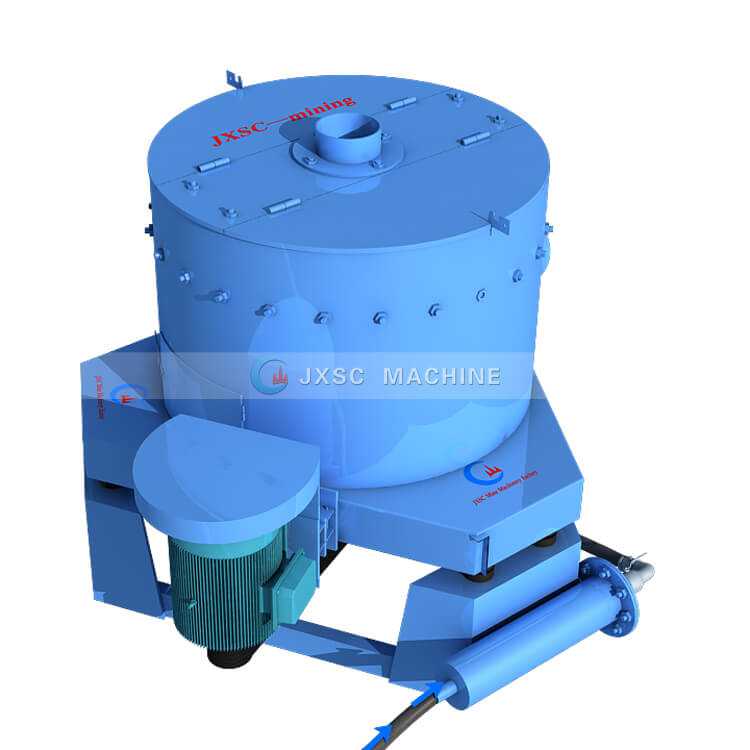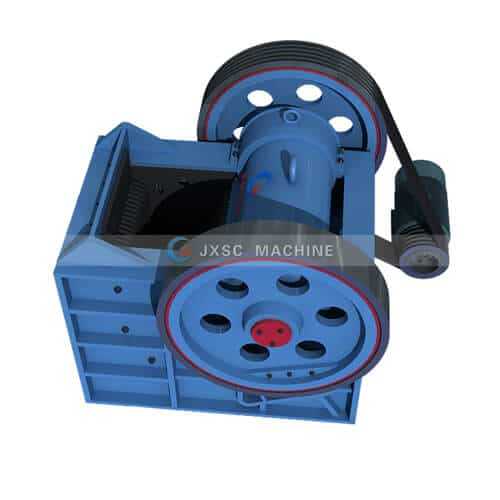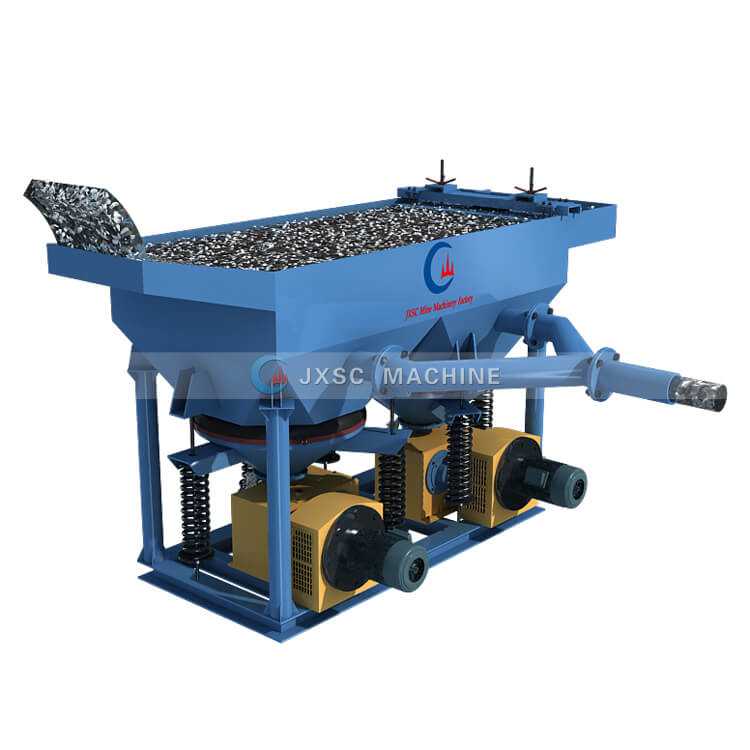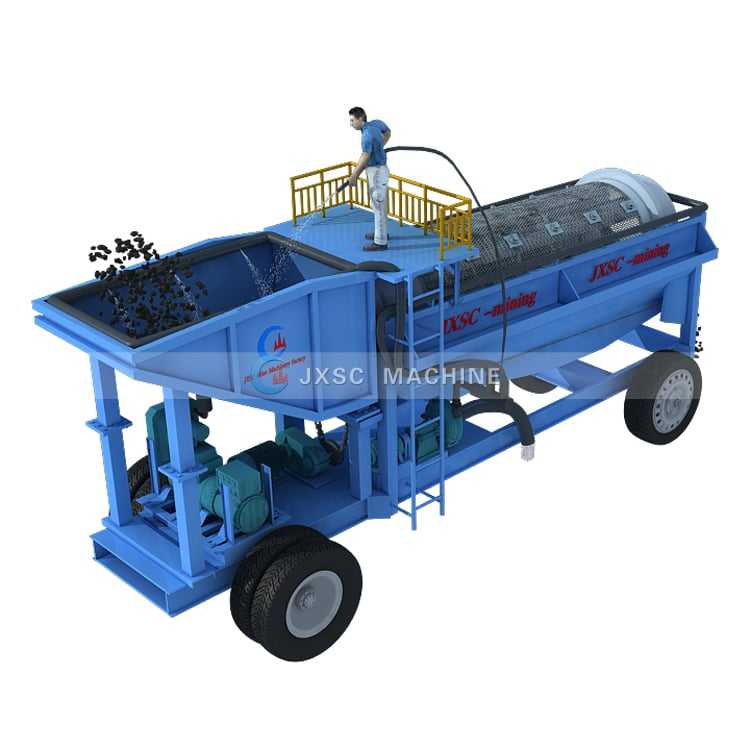Barium Mining
Description
Barium (Ba) is obtained chiefly from the mineral barite. Barium is a soft, silvery, reactive metal. Because barium is so dense it is commonly used in some alloys, for example in spark plugs and ball bearings. As of 2013, China, India and Morocco were the world’s largest producers of barium. In the U.S, barite is mined primarily in Nevada and Georgia.
| Type | Crystal System |
| Element (Minerals/Ores of) | Orthorhombic |
| Mineral Classification | Color |
| Sulfates | Colorless, white, light shades of blue, yellow, grey, brown |
| Chemical Formula | Luster |
| BaSO4 | Vitreous, pearly |
| Streak | Fracture |
| White | Uneven |
| Mohs Hardness | |
| 3-3.5 |
Relation to Mining
IMAR 7th Edition
Much care must be taken to remove the mined barite with as little waste contamination as possible to reduce processing costs. In some cases, it is very difficult to eliminate the waste because of the nature and type of deposit. In a residual deposit, a high percentage of the material is waste, and current mining equipment is not capable of separating the clay waste. Therefore, the ore-bearing waste is mined and hauled to the processing plant for separation. A bedded barite that has thinly bedded shale, chert, or argillite also is mined and hauled directly to the processing plant with very little waste separation. If the bedded or vein barite zone is pure enough and of sufficient size, the ore zone may then be mined to produce barite that will meet specifications without further processing. In many cases, the waste on the hanging wall of the ore must be removed first. Removal allows the mining equipment to mine the ore cleaner and with less waste contamination. When the dip of the barite is nearly vertical, the barite sometimes can be mined leaving the waste on both sides of the ore. Uses
By far, the principal use for barite is as a “weighting agent” in oil and natural gas drilling. In this process, barite is crushed and mixed with water and other materials. It is then pumped into the drill hole. The weight of this mixture counteracts the force of the oil and gas when it is released from the ground. This allows the oil and gas rig operators to prevent the explosive release of the oil and gas from the ground. Currently, the majority of barite consumption in the United States is for this drilling application. However, the consumption in drilling “mud” fluctuates from year to year, as it is dependent on the amount of exploration drilling for oil and gas, which in turn depends on oil and gas prices.
Beyond this, barite is used as an additive to paints, enamels, and plastics, in the production of so-called “lead” crystal or “leaded” glass, stops radiation from computer monitors and television tubes, and as the source of barium chemicals.
Barite has the unique ability to strongly absorb X-rays and gamma rays. Consequently, it is used in medical science for special X-ray tests on the intestines and colon. It is also mixed with cement to make special containers used to store radioactive materials. A more recent application of barite is in the production of brake pads and clutches for cars and trucks.


